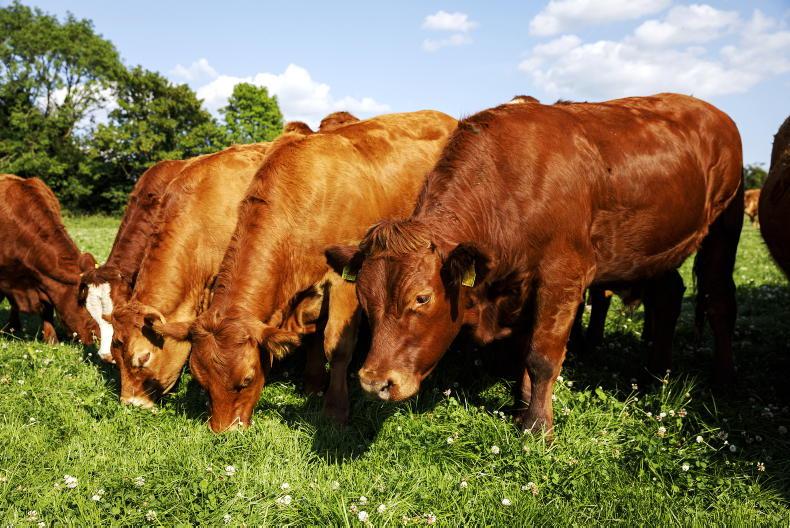
\ Donal O'Leary
Cattle trading was probably the first commercial activity in Ireland and wealth was measured in terms of livestock owned. When population expanded with industrialisation in Britain in the late 18th and 19th centuries, Ireland became the prime supplier of meat, joined later by Argentina and New Zealand when refrigerated shipping became available at the start of the 20th century.
Irish farmers participated in this market, with livestock bred and reared on the less fertile lands, moving to the better pasture for finishing. This transfer was done through fairs where farmers brought their stock and sold to dealers or indeed farmer buyers. The finished cattle went primarily to the boat for shipping to England, again the fair being the main type of trade.
This system of trade continued until the late 1950s when marts first came on the scene. While there was nostalgia for the folksy dealing of the fair day, the reality is that marts brought a much greater level of transparency and fairness to farmers selling cattle. Moving forward to the 1970s, live exports of cattle were giving way to the shipping of beef carcases using the roll on, roll off ferries and the practice of finished cattle going to factories as opposed to fatstock sales in marts became common.
Continual change
Last week’s Irish Farmers Journal revealed that over the past 10 years it has been back to the future for cattle trading. Farmers who finish smaller numbers of cattle are increasingly turning their backs on direct selling to the factory, choosing the mart instead where specialist feedlot finishers are the main customers.
These can be factory-owned or feeder-owned with a contractual relationship (formal or informal) with a factory or indeed a standalone specialist beef finisher.

\ Donal O'Leary
This suggests that the trade is moving into another phase where small finishers are being paid a much lower price for taking cattle direct to the factory than they would secure at a mart where feedlot finishers are actively competing to buy. If factories have a policy of setting the price offered direct to farmers low and take what they get by way of cattle coming in and topping up from feedlots, and a new pattern is being established.
The attraction of large suppliers to factories is that they will be able to supply large volumes of similar spec cattle. Factory operators will often say that what may look like expensive cattle can in fact be the best value if they all meet their best customer specifications.
There is no single simple answer to this even if it is a straightforward question. Farmers may bemoan the fact that small suppliers taking a few cattle to the factory occasionally are being penalised on prices compared to large suppliers.
However, a good competitive mart environment, enhanced by online selling, can be a very satisfactory alternative.
Farmers will also be concerned that a factory–feedlot axis will in time reduce the competitiveness of the marts. There is also the question of image – Ireland very much promoted a small family farm image and you will never find feedlot images used on brochures or trade stands.
On the other hand, specialist feedlot finishers bring economies of scale to what is a very low-margin business. This means they will often buy inputs at the best price and will give the factories exactly what they want in return for top price.
There is also a hybrid model that hasn’t yet gained much traction. The Unfair Trading Practices (UTP) legislation made provision for farmer-led supplier partnerships.
These were intended to give smaller farmers greater bargaining power as part of a bigger group, almost like a farmer-owned feedlot co-op. This should work very well in theory but in practice would require considerable effort to create on a large scale.
The bottom line for Irish beef and sheep producers is finding the model that consistently gives the best return, and if that means embracing a change in the way of doing business, it isn’t the first time it has happened.

\ Donal O'Leary
Cattle trading was probably the first commercial activity in Ireland and wealth was measured in terms of livestock owned. When population expanded with industrialisation in Britain in the late 18th and 19th centuries, Ireland became the prime supplier of meat, joined later by Argentina and New Zealand when refrigerated shipping became available at the start of the 20th century.
Irish farmers participated in this market, with livestock bred and reared on the less fertile lands, moving to the better pasture for finishing. This transfer was done through fairs where farmers brought their stock and sold to dealers or indeed farmer buyers. The finished cattle went primarily to the boat for shipping to England, again the fair being the main type of trade.
This system of trade continued until the late 1950s when marts first came on the scene. While there was nostalgia for the folksy dealing of the fair day, the reality is that marts brought a much greater level of transparency and fairness to farmers selling cattle. Moving forward to the 1970s, live exports of cattle were giving way to the shipping of beef carcases using the roll on, roll off ferries and the practice of finished cattle going to factories as opposed to fatstock sales in marts became common.
Continual change
Last week’s Irish Farmers Journal revealed that over the past 10 years it has been back to the future for cattle trading. Farmers who finish smaller numbers of cattle are increasingly turning their backs on direct selling to the factory, choosing the mart instead where specialist feedlot finishers are the main customers.
These can be factory-owned or feeder-owned with a contractual relationship (formal or informal) with a factory or indeed a standalone specialist beef finisher.

\ Donal O'Leary
This suggests that the trade is moving into another phase where small finishers are being paid a much lower price for taking cattle direct to the factory than they would secure at a mart where feedlot finishers are actively competing to buy. If factories have a policy of setting the price offered direct to farmers low and take what they get by way of cattle coming in and topping up from feedlots, and a new pattern is being established.
The attraction of large suppliers to factories is that they will be able to supply large volumes of similar spec cattle. Factory operators will often say that what may look like expensive cattle can in fact be the best value if they all meet their best customer specifications.
There is no single simple answer to this even if it is a straightforward question. Farmers may bemoan the fact that small suppliers taking a few cattle to the factory occasionally are being penalised on prices compared to large suppliers.
However, a good competitive mart environment, enhanced by online selling, can be a very satisfactory alternative.
Farmers will also be concerned that a factory–feedlot axis will in time reduce the competitiveness of the marts. There is also the question of image – Ireland very much promoted a small family farm image and you will never find feedlot images used on brochures or trade stands.
On the other hand, specialist feedlot finishers bring economies of scale to what is a very low-margin business. This means they will often buy inputs at the best price and will give the factories exactly what they want in return for top price.
There is also a hybrid model that hasn’t yet gained much traction. The Unfair Trading Practices (UTP) legislation made provision for farmer-led supplier partnerships.
These were intended to give smaller farmers greater bargaining power as part of a bigger group, almost like a farmer-owned feedlot co-op. This should work very well in theory but in practice would require considerable effort to create on a large scale.
The bottom line for Irish beef and sheep producers is finding the model that consistently gives the best return, and if that means embracing a change in the way of doing business, it isn’t the first time it has happened.







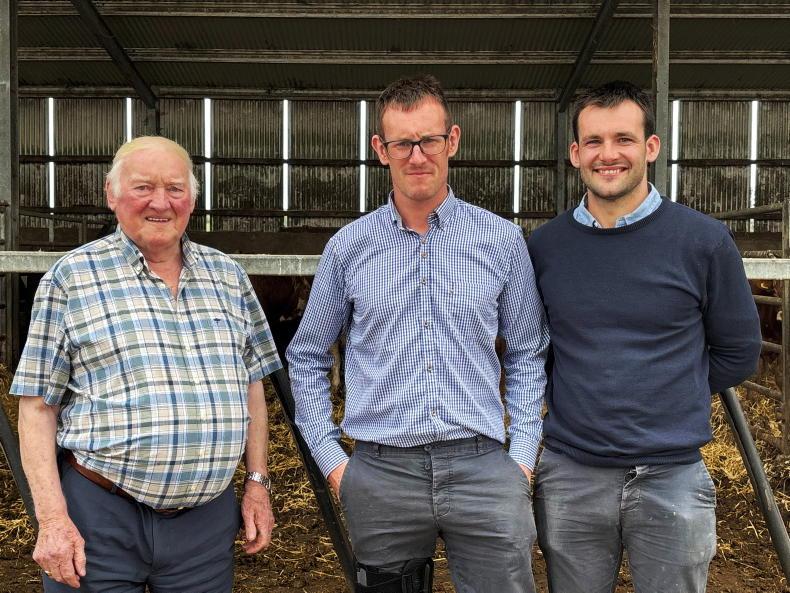

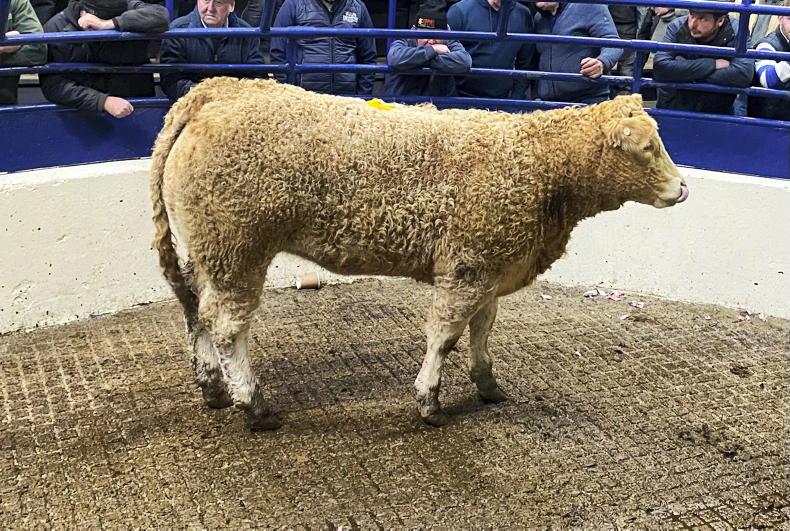
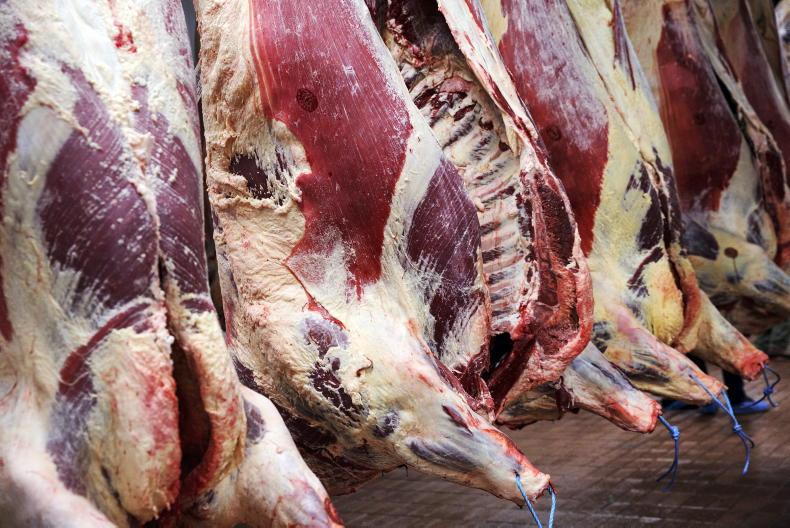
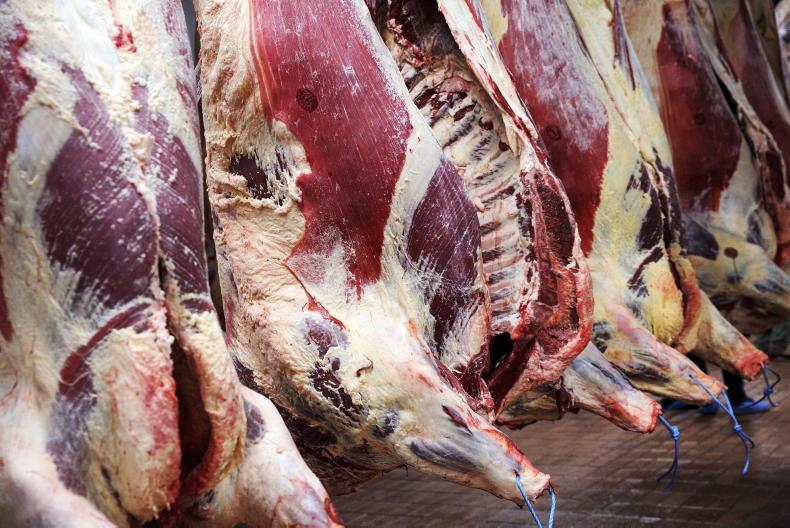
SHARING OPTIONS